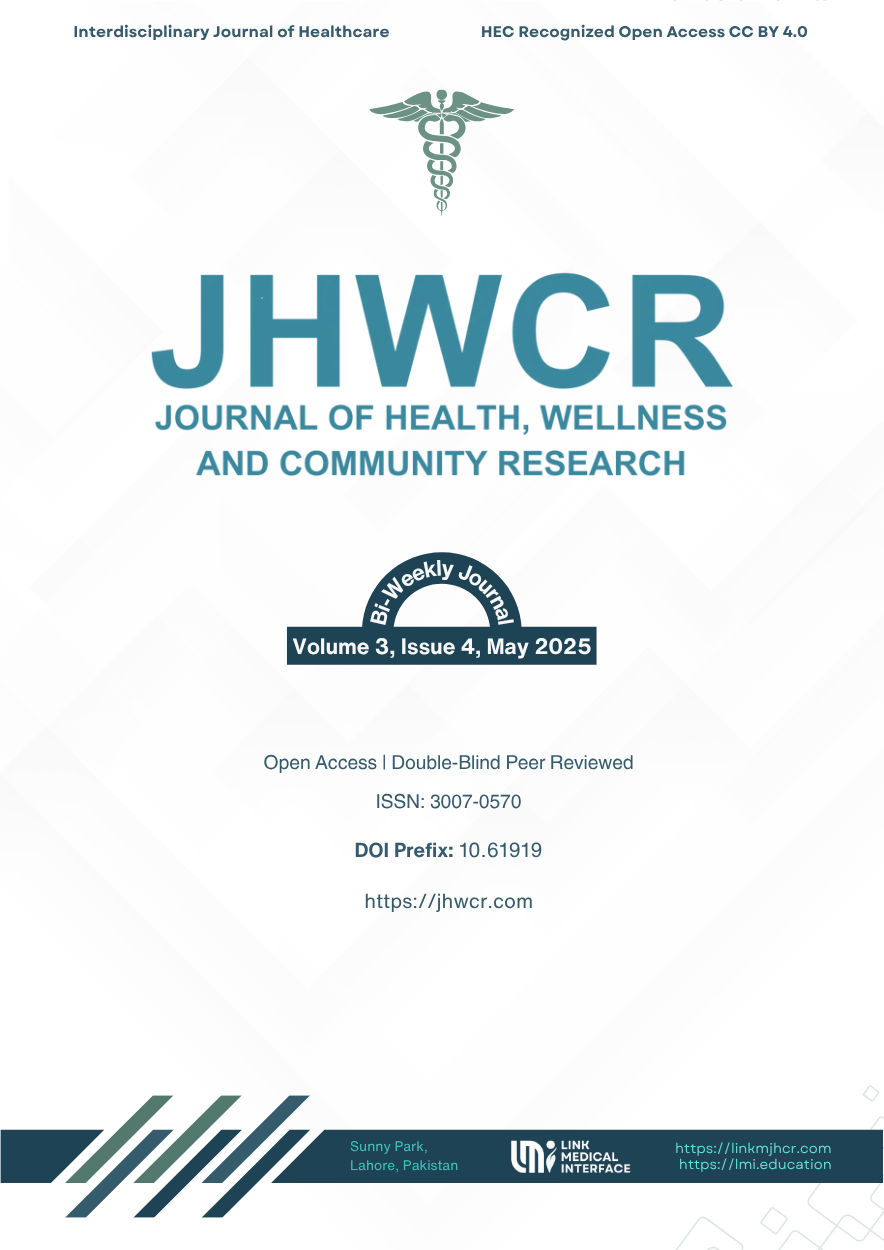Epidemiological Trend of Dengue: A 2023 Report from District Nowshera, Pakistan
DOI:
https://doi.org/10.61919/twr1sa06Keywords:
Dengue, Epidemiology, Serology, Disease Outbreaks, Pakistan, Vector Control, Public HealthAbstract
Background: Dengue fever remains a major public health concern in Pakistan, with recent years witnessing increased outbreaks in Khyber Pakhtunkhwa. However, contemporary epidemiological data for District Nowshera are lacking, limiting targeted prevention and control strategies. Objective: This study aimed to assess the epidemiological trends, serological profiles, and demographic distribution of dengue cases in District Nowshera during 2023, with the goal of informing local healthcare interventions. Methods: A retrospective cross-sectional study was conducted using data from 2,346 suspected dengue cases reported at major healthcare centers in District Nowshera from January to December 2023. Laboratory-confirmed cases (n = 307) were included based on NS1 antigen and/or IgM/IgG serology; cases with negative serology or incomplete records were excluded. Data on age, gender, location, and month of diagnosis were analyzed using SPSS v27.0, with descriptive and inferential statistics applied. Ethical approval was obtained in accordance with the Helsinki Declaration. Results: Of 2,346 suspected cases, 307 (13.1%) were confirmed dengue, with a significant male predominance (69.7%, p < 0.001) and highest incidence in the 21–30-year age group (27.0%). NS1 positivity was most frequent (48.9%), and cases peaked in October (35.2%), predominantly from Nowshera Kalan. Only 2.6% required hospitalization. Conclusion: The 2023 dengue outbreak in Nowshera showed marked post-monsoon seasonality, young adult male predominance, and early-phase NS1 detection, highlighting the need for targeted vector control, timely diagnosis, and community education to reduce disease burden and guide future research.
Downloads
Published
Issue
Section
License
Copyright (c) 2025 Ayesha Baig, Fajar Baig, Muhammad Qayash Khan, Naveed Khan (Author)

This work is licensed under a Creative Commons Attribution 4.0 International License.


